Preserving the Soul of Heirlooms: Maintaining Antique Furniture Quality
Chosen theme: Maintaining Antique Furniture Quality. Step into a space where age is a virtue, patina is a poem, and thoughtful care protects the craftsmanship and stories embedded in every dovetail and curve. Join us, share your heirloom tales, and subscribe for ongoing guidance.


Reading the Grain and Species
Oak breathes differently from walnut, and mahogany shrinks in its own quiet rhythm. Learning to read grain, pores, and figure helps predict movement, choose suitable care products, and respect the patina that time and hands have gently written into the wood.
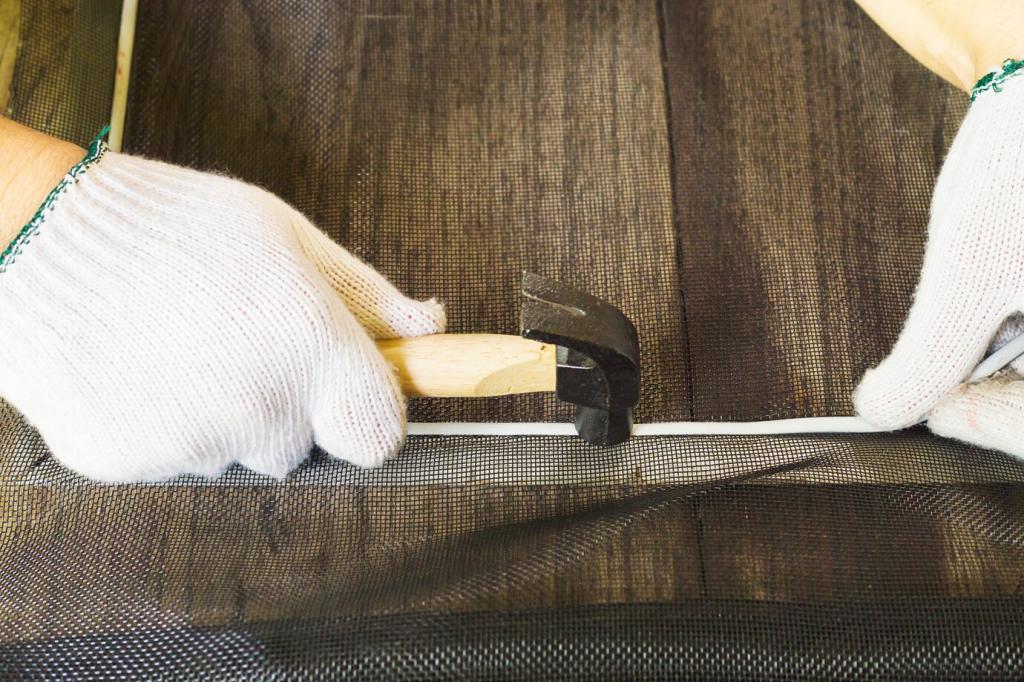
Finish Forensics: Shellac, Varnish, and French Polish
Finishes define both appearance and maintenance. Shellac softens with alcohol, varnish resists more, and French polish gleams with delicate depth. Always test discreetly, proceed cautiously, and favor reversible approaches. When uncertain, pause and consult a conservator before risking irreversible changes.
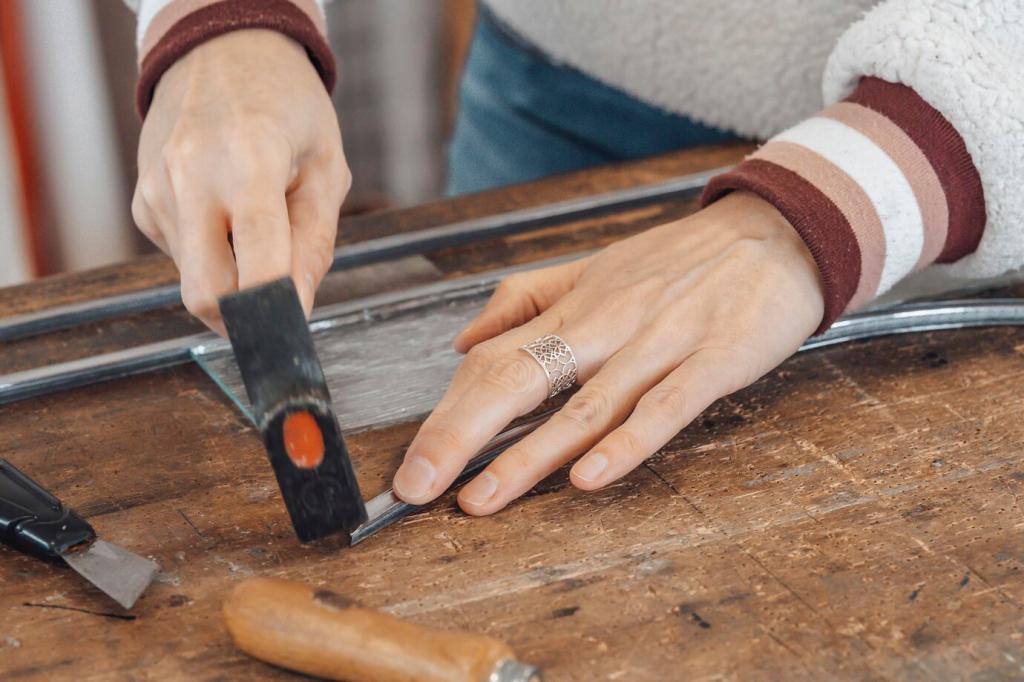
Patina or Dirt? Learning the Difference
A mellow glow often reads as dirt to the untrained eye. Patina is the furniture’s earned complexion; grime is the cover story. A patient restorer once saved a Georgian desk by cleaning lightly, not scrubbing. Share your close calls and lessons learned in the comments.
Climate and Humidity: The Invisible Caretakers
Aim for steady relative humidity around 40–55% to minimize swelling, splitting, and veneer lift. A small hygrometer on the bookcase can be your quiet hero. Readers report fewer sticky drawers in July after adding dehumidifiers. What simple humidity hacks have helped you?
Sunlight can bleach finishes and weaken glues. Use UV-filtering films, soft curtains, and rotation schedules to share the light between pieces. A reader saved her cherry table’s color by shifting it seasonally. Subscribe for our printable rotation reminder and protect your favorite silhouettes.
Keep antiques away from radiators, fireplaces, and vent blasts. Gentle airflow prevents moisture pockets, but drafts stress joints. Perfect numbers matter less than consistency. Note where pets nap and heaters blow; small habits keep quality intact without sacrificing everyday comfort and use.
Cleaning That Respects History
Dust acts like fine sandpaper. Begin with a soft goat-hair brush and a vacuum fitted with a gentle nozzle, then use a clean microfiber cloth. Work with the grain, not across it, and mind delicate veneers and marquetry edges that can easily catch or lift.
Cleaning That Respects History
If you must introduce moisture, use a lightly dampened cloth with distilled water and a drop of mild soap, then immediately dry. Test in an unseen spot and avoid silicone sprays. Ask questions in the comments if you are unsure—collective wisdom prevents costly missteps.
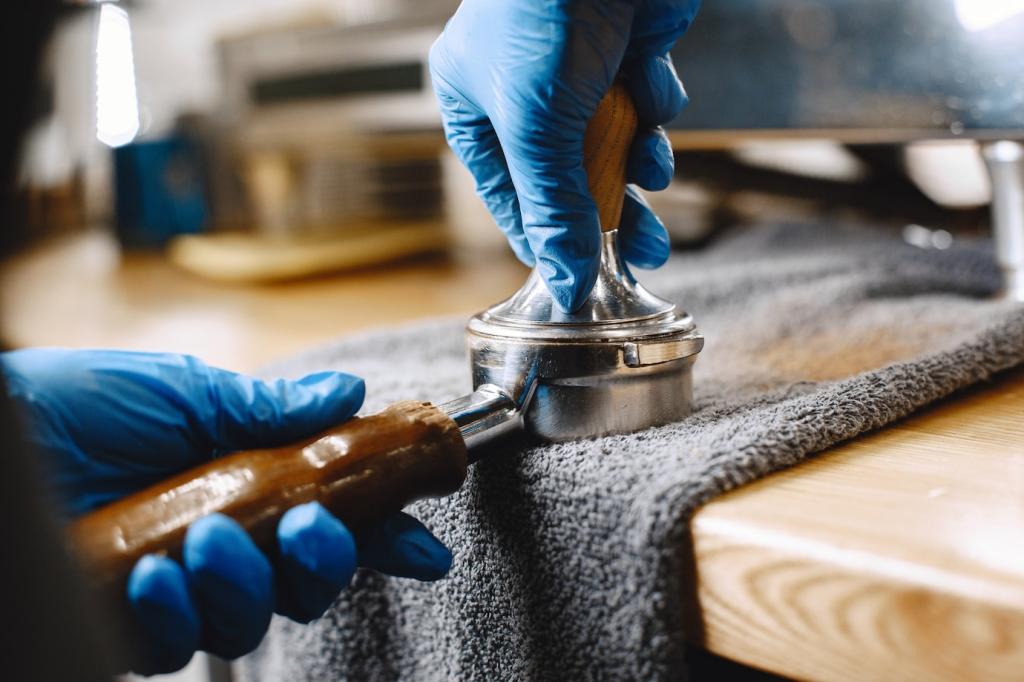
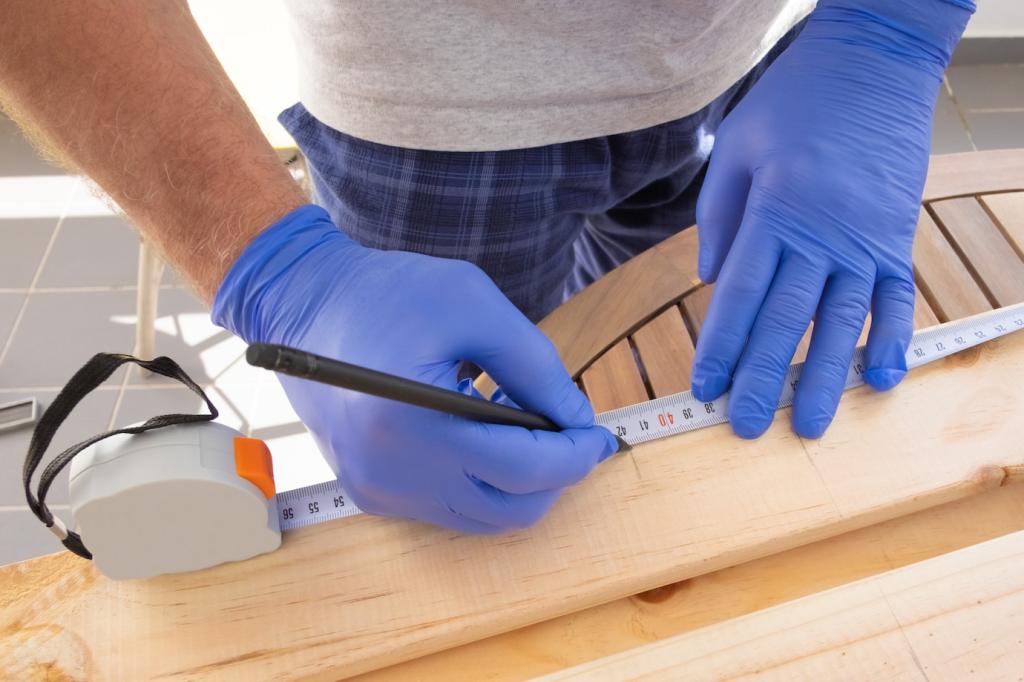
Joinery, Movement, and Structural Health
Hand-cut dovetails, mortise-and-tenon joints, and pegs tell you how a piece expects to move. Learn to spot shrinkage lines and racking so you can address issues early. Share photos of your finds—community feedback often reveals hidden craftsmanship and conservation priorities.
Joinery, Movement, and Structural Health
If a wobble appears, resist modern screws or hard, irreversible glues. Reversible solutions—like hot hide glue—honor future conservation. When in doubt, stop. A careful wait-and-consult approach protects quality better than any rushed fix. Comment if you want a checklist for decisions.
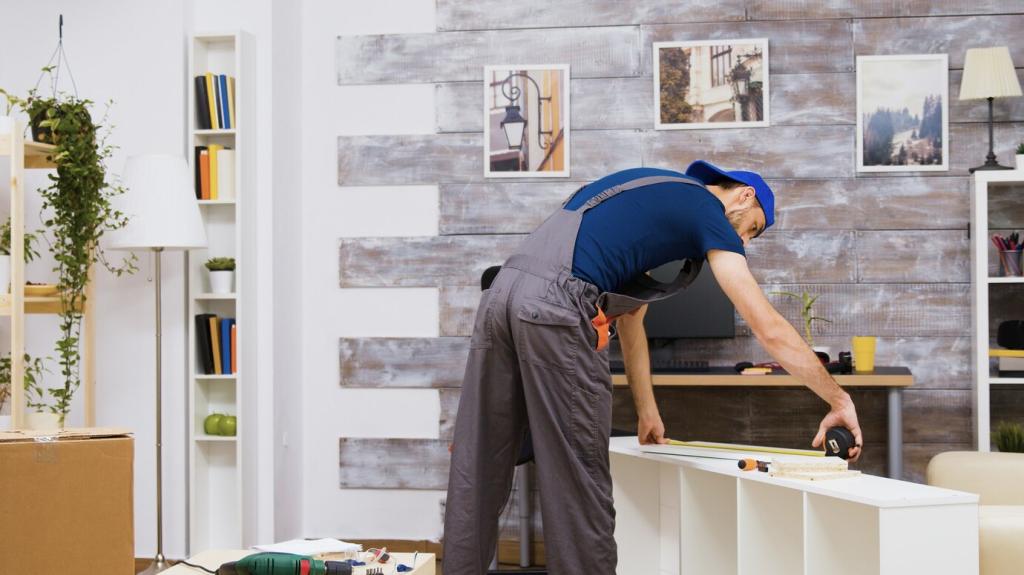
Use wool felt under lamps, coasters under glasses, and breathable runners where needed. Avoid plastic mats that trap moisture. Paste wax, lightly and infrequently, enhances sheen and protection; silicone polishes complicate future repairs. Tell us your favorite discreet surface-saving tricks.
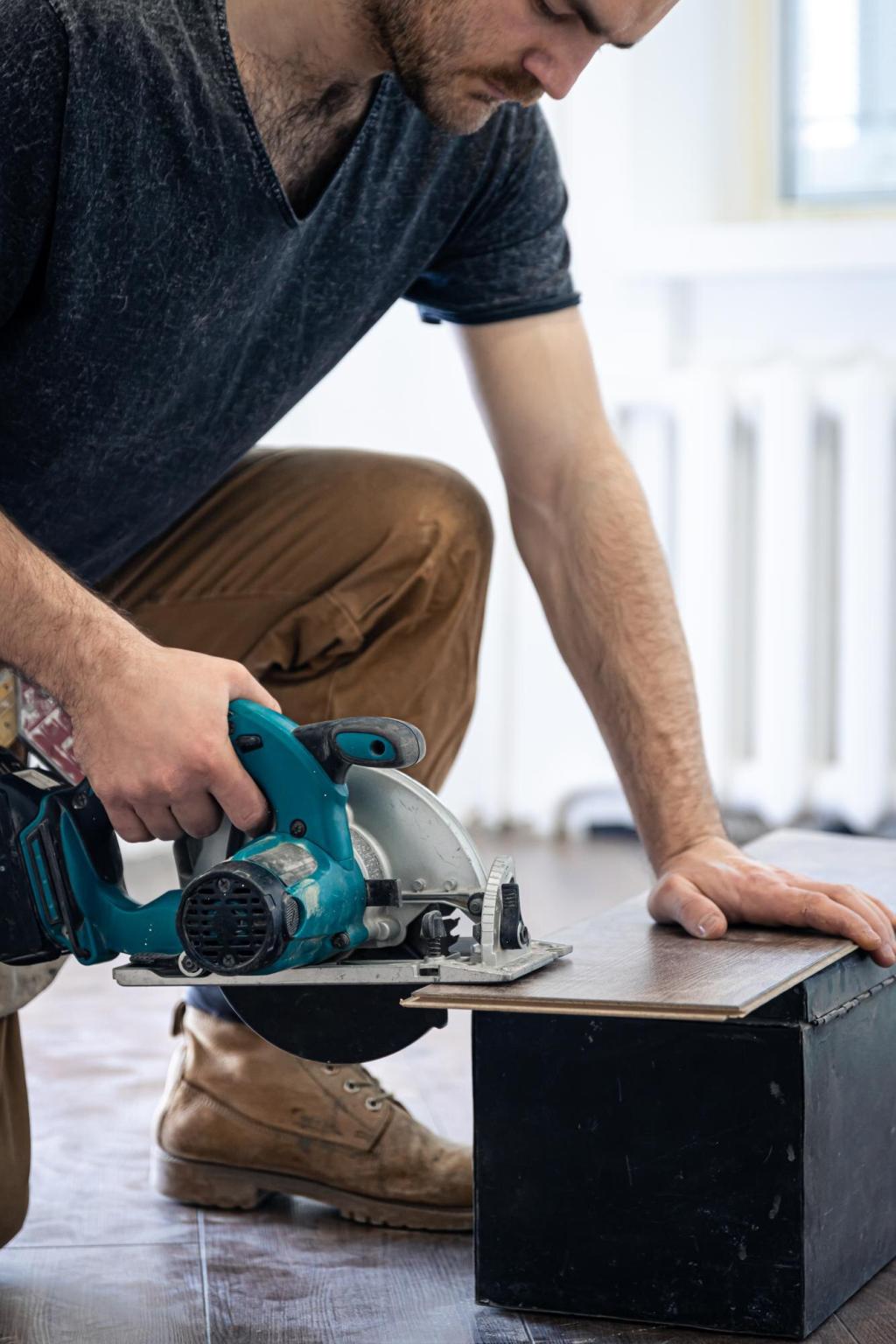
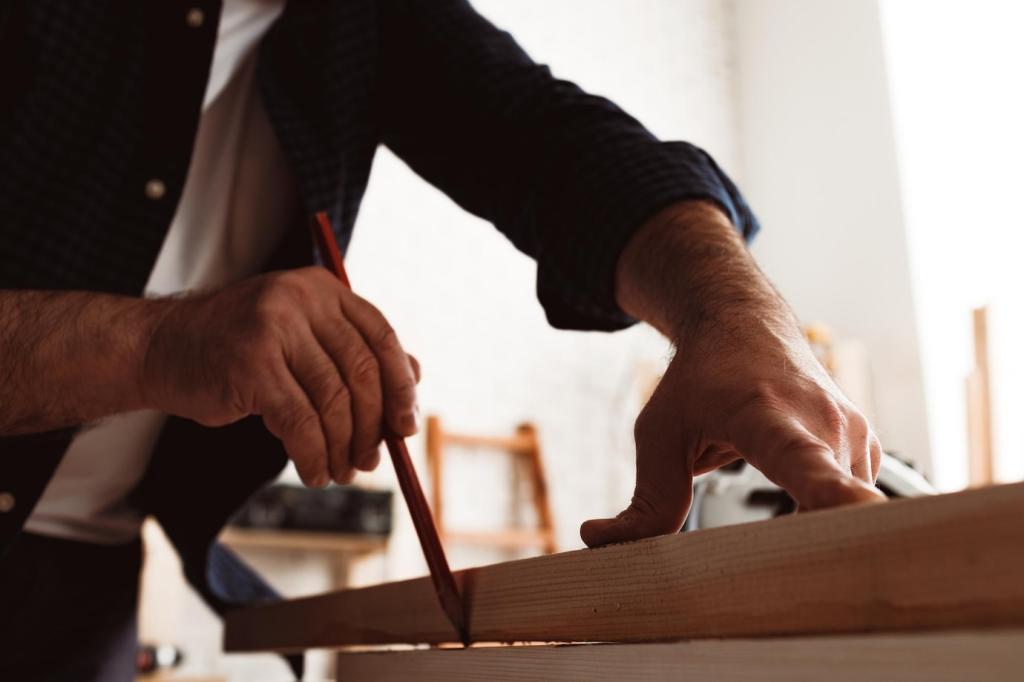

Pests, Mold, and Other Quiet Threats
Look for fresh, powdery frass and crisp exit holes. Quarantine suspicious pieces and consult professionals for safe, controlled treatments. A gentle inspection routine each season beats panic later. Have you encountered beetle trails? Add your experiences so others learn early detection.
Pests, Mold, and Other Quiet Threats
Improve airflow, reduce humidity, and clean carefully with protective gear. Address sources like damp basements and leaky walls first. A trunk rescued from a cellar recovered after drying, HEPA vacuuming, and patience. Subscribe for our moisture-tracking worksheet and prevention reminders.
Documentation, Storytelling, and Value
Provenance Folders Save Futures
Collect receipts, appraisal notes, and repair details. Print photos, label dates, and store copies digitally. Clear records raise confidence and value for heirs and buyers. Share how you organize your files; we will feature clever systems in an upcoming subscriber spotlight.
Before-and-After—With Restraint
Celebrate conservation, not makeovers. Show cleaner surfaces, steadier legs, and improved function while keeping original character. Authenticity maintains quality and heritage. Submit your thoughtful transformations, and let’s discuss what to leave untouched to honor a piece’s true voice.
Build a Thoughtful Care Kit
A soft brush, microfiber cloths, paste wax, cotton swabs, a hygrometer, and felt pads cover most needs. Keep them together for quick, careful maintenance. What tools do you rely on? Comment below, and we will refine our kit list for subscribers.
